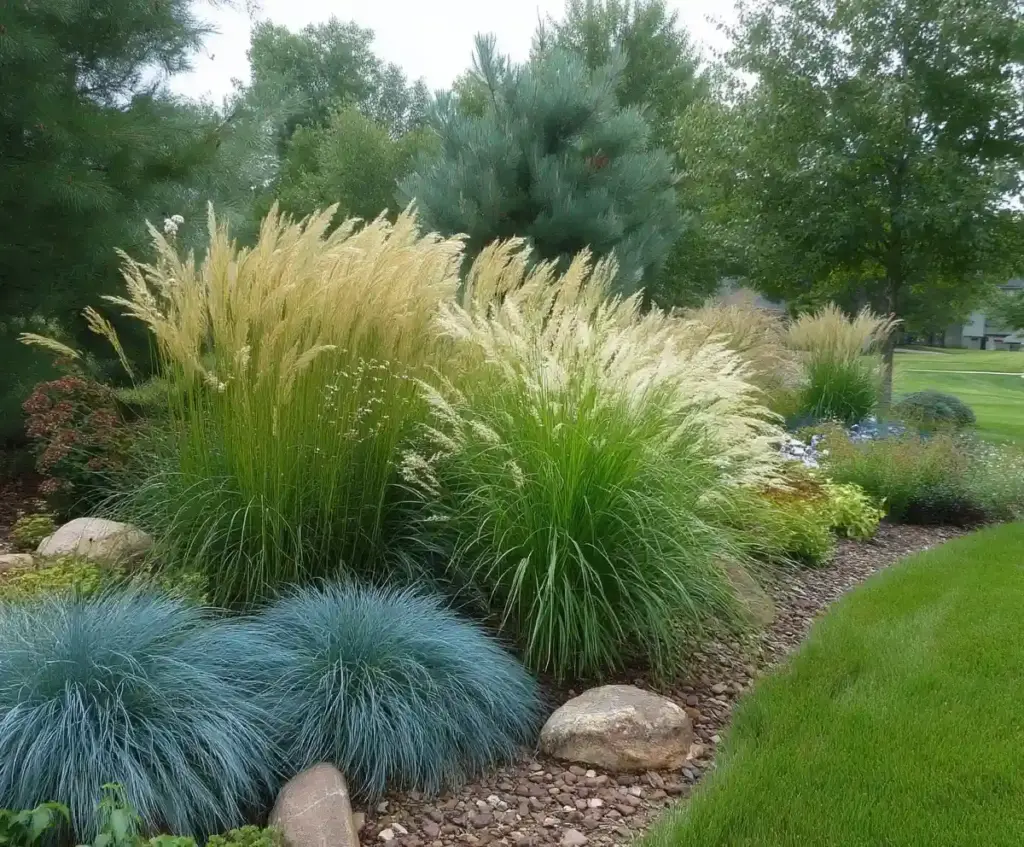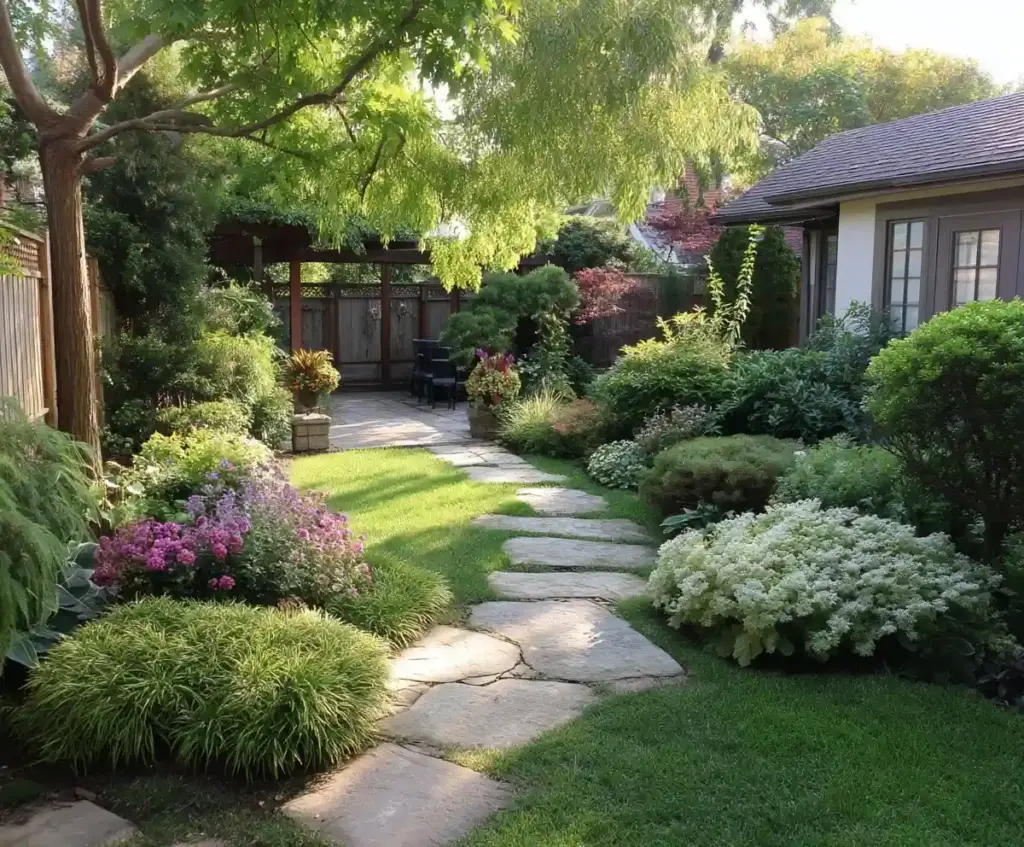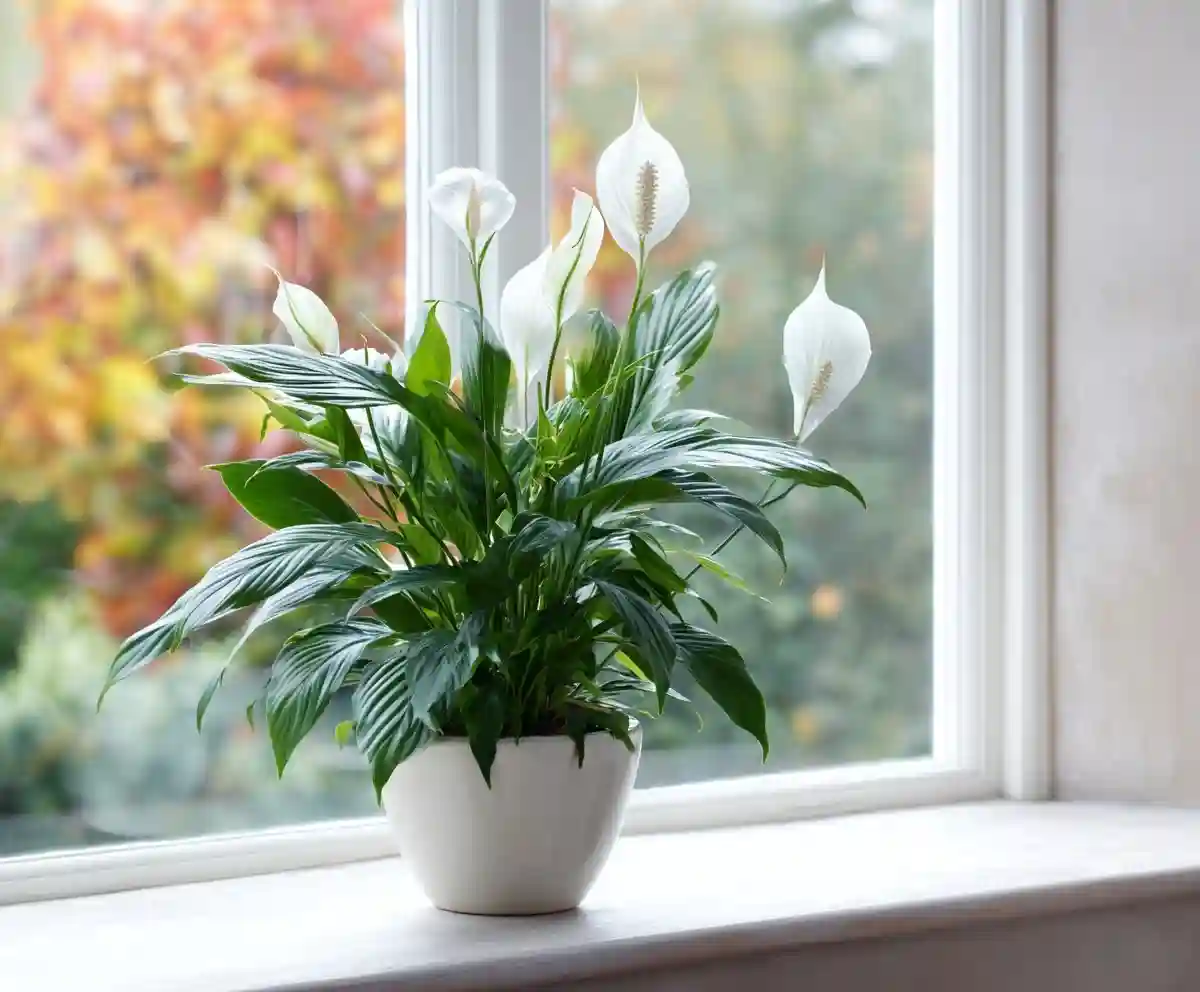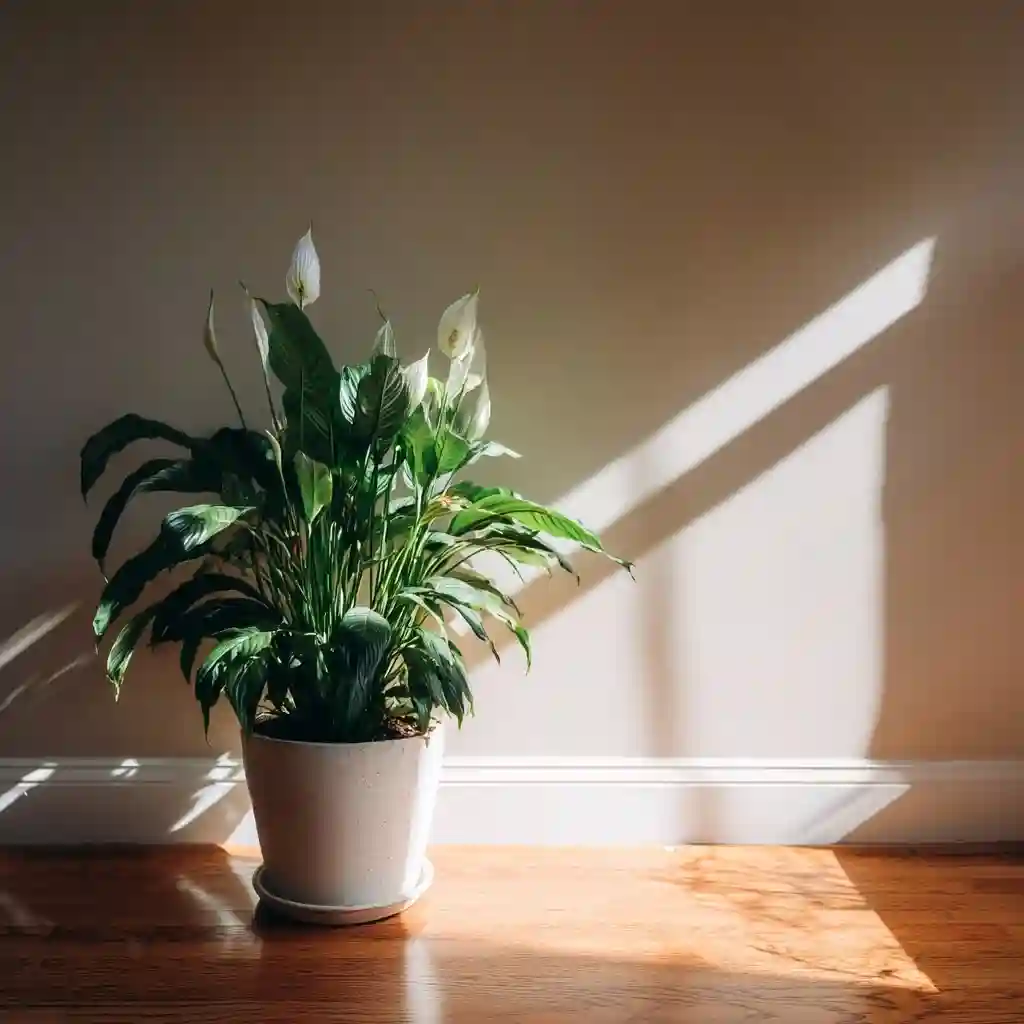Peace lily lovers often admire this plant’s graceful green leaves and signature white blooms—but when those iconic flowers are missing, it can feel frustrating. If you’ve been asking yourself, “Why is my peace lily not blooming?” you’re definitely not alone. Even healthy-looking plants can go months without a single flower, and the reason isn’t always obvious.
Truth is, the peace lily is a little picky when it comes to its environment. A few small mistakes in care—many of them surprisingly common—can prevent this popular houseplant from producing its signature spathes. In this guide, we’ll walk you through ten possible reasons your peace lily might be holding back, and what you can do to bring those beautiful blooms back to life.
Whether you’re a new plant parent or a seasoned indoor gardener, understanding what your peace lily needs to thrive will help you create the right conditions for flowering success.
Table of Contents
1. Insufficient Sunlight
If your peace lily isn’t flowering, one of the most likely culprits is poor lighting. While this tropical plant is known for tolerating low light, that doesn’t mean it can thrive in darkness. In fact, too little sunlight can prevent the plant from building up the energy it needs to produce blooms.
Peace lilies rely on photosynthesis, and without sufficient light, their growth slows—and flowers simply won’t form. You might notice the plant still looks healthy with deep green leaves, but if it’s stuck in a dim corner or far from a window, that could be your issue.
Aim to place your peace lily near a bright, indirect light source, such as an east-facing window. Morning sunlight filtered through sheer curtains is ideal. A simple test: if you can comfortably read a book in the room during the day without turning on lights, your plant is probably getting enough brightness.
Avoid harsh direct sun, though—peace lily leaves can scorch easily. The goal is to mimic its natural habitat: warm, filtered jungle light.
2. Underwatering
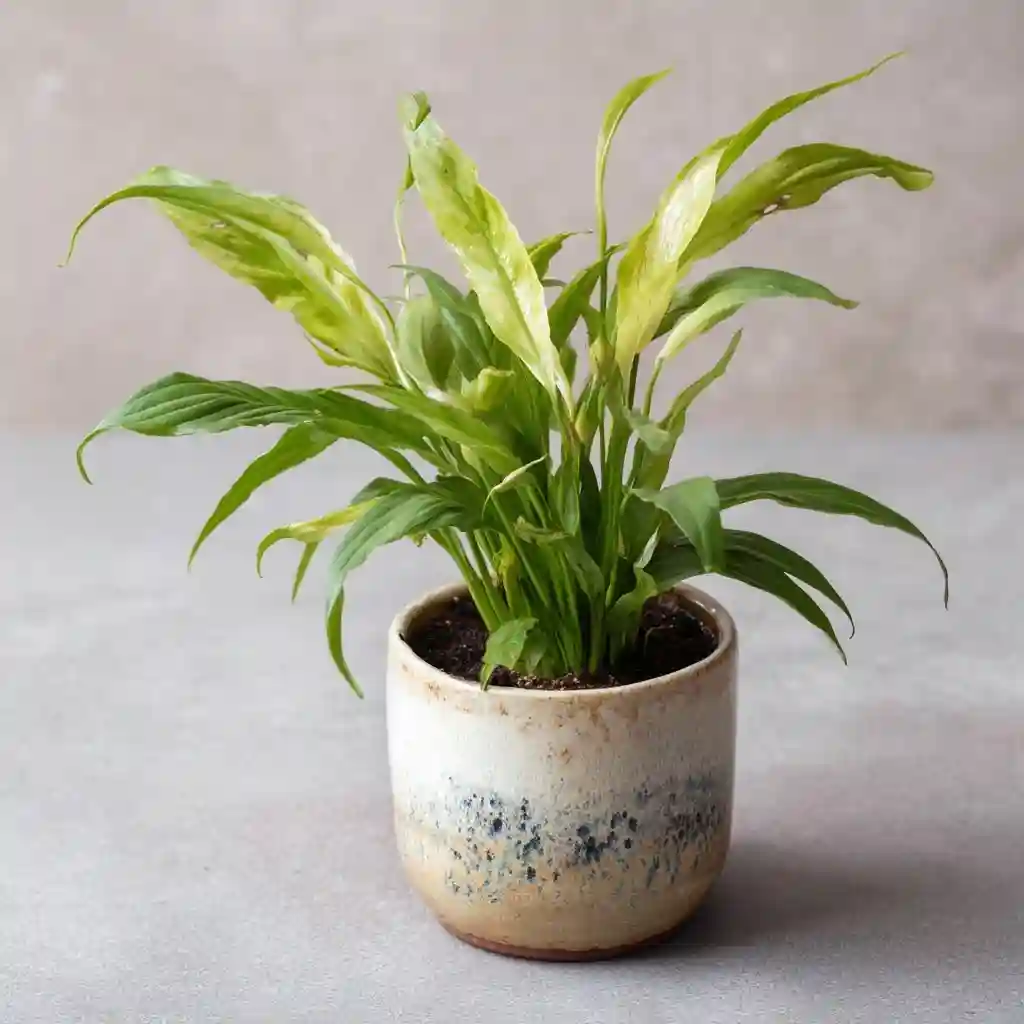
One of the most common reasons a peace lily refuses to bloom is simple neglect when it comes to watering. These plants may look resilient, but their tropical roots mean they thrive in consistently moist—but not soggy—soil. When underwatered, the plant goes into survival mode, focusing on keeping its foliage alive instead of using precious energy to produce flowers.
If your peace lily’s leaves are drooping, curling at the edges, or turning brown at the tips, chances are it’s thirsty. Dry soil interrupts nutrient transport and puts stress on the roots, both of which directly impact blooming potential.
To avoid underwatering, check the top inch of soil regularly. If it feels dry to the touch, it’s time to water. For peace lilies, a good rule is to water once every 7 to 10 days, but always adjust based on your indoor humidity and temperature.
Bottom watering is an excellent method for even moisture distribution—just let the pot sit in a tray of water until the top of the soil feels damp. And for added accuracy, consider using a simple moisture meter.
3. Overwatering
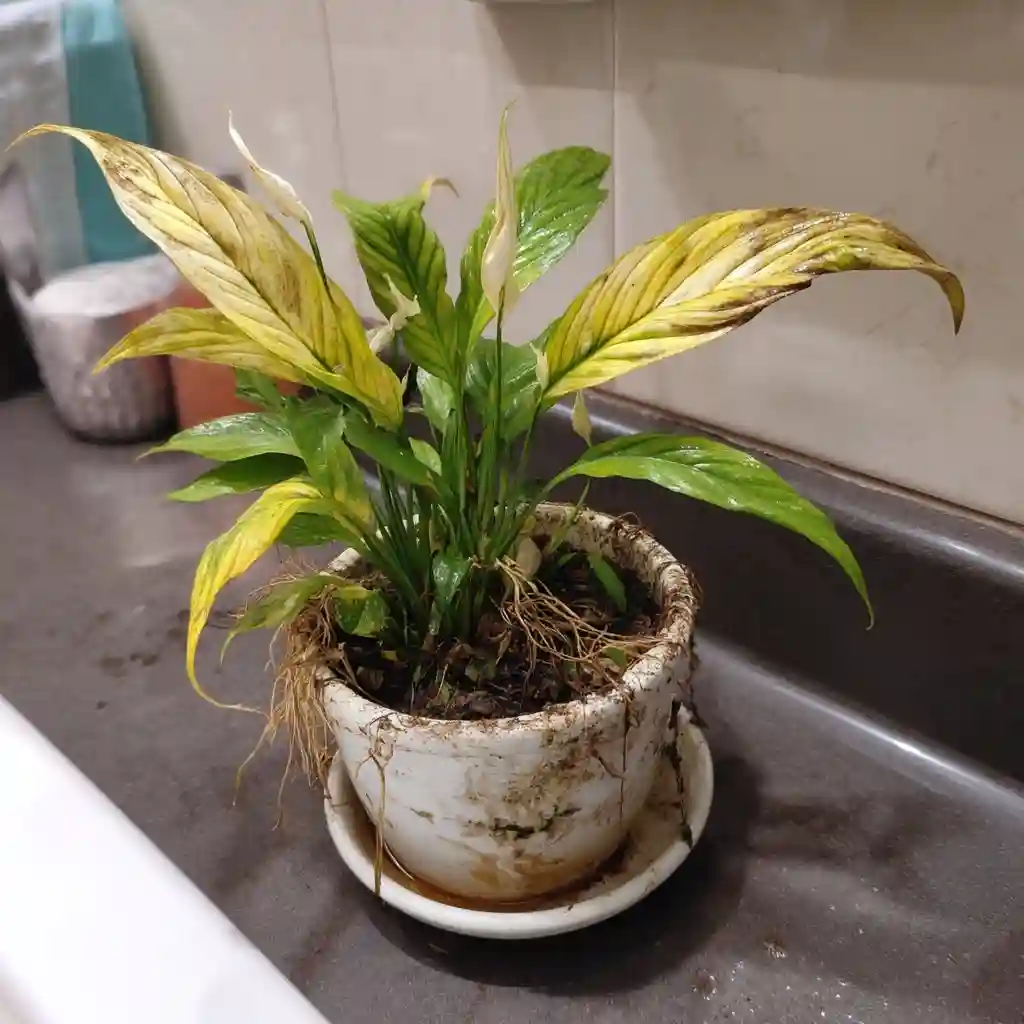
While underwatering is harmful, overwatering your peace lily can be just as damaging—especially when it comes to flowering. Many plant owners, in an effort to keep their peace lily happy, end up keeping the soil too wet. The result? Stressed roots, yellowing leaves, and a serious lack of blooms.
Peace lilies prefer moist soil, but not soggy conditions. When roots sit in waterlogged soil for too long, they become oxygen-starved and prone to rot. This creates a weak foundation for the plant and halts flower production completely.
If your plant looks wilted despite wet soil, feels unusually heavy, or you notice water pooling in the bottom of the pot, you may be dealing with overwatering. Another red flag: a funky smell coming from the soil—a sign of root rot.
To fix this, ensure your pot has good drainage holes, and only water when the top inch of soil begins to dry out. Use well-draining potting mix, and empty any excess water that collects in the saucer below the pot. A moisture meter can also help you avoid guesswork and maintain the perfect balance.
4. Lack of Nutrients
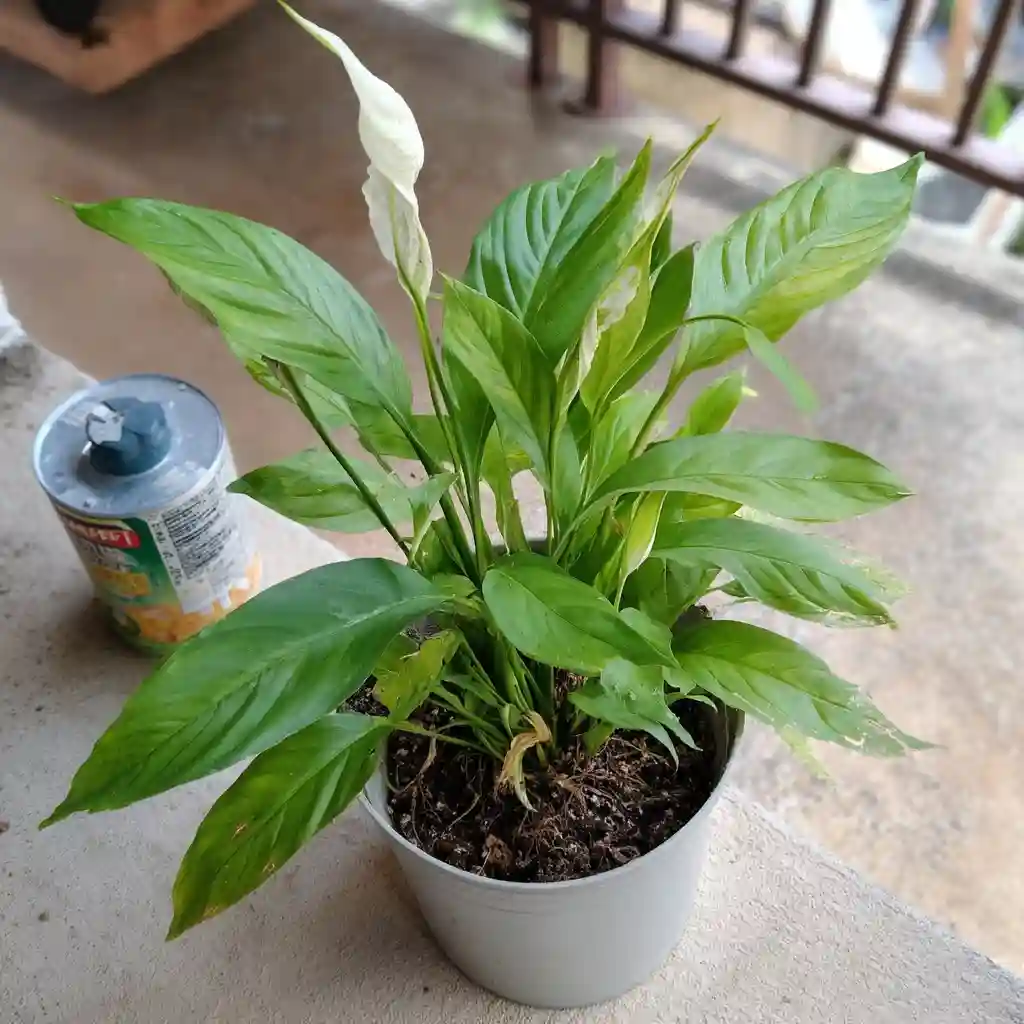
Even with perfect light and watering habits, your peace lily won’t bloom if it’s not getting the nutrients it needs. Flowering takes energy—and without the right balance of minerals, the plant simply doesn’t have the resources to produce those beautiful white spathes.
Standard potting soil only carries nutrients for a limited time. Over months of watering, essential elements like phosphorus and potassium get depleted. These are the key drivers for flower formation. If your plant is growing well but not blooming, a nutrient imbalance could be to blame.
To support blooming, feed your peace lily with a balanced liquid fertilizer that’s low in nitrogen but high in phosphorus—something like a 5-10-10 ratio. Nitrogen fuels leafy growth, but too much can actually delay flowering.
Apply fertilizer every 4 to 6 weeks during spring and summer, and stop feeding during the winter when the plant goes semi-dormant. To prevent salt buildup, flush the soil with clean water every few months.
If you’ve been skipping this step, your peace lily may be healthy—but it won’t bloom until you nourish it properly.
5. Improper Environment
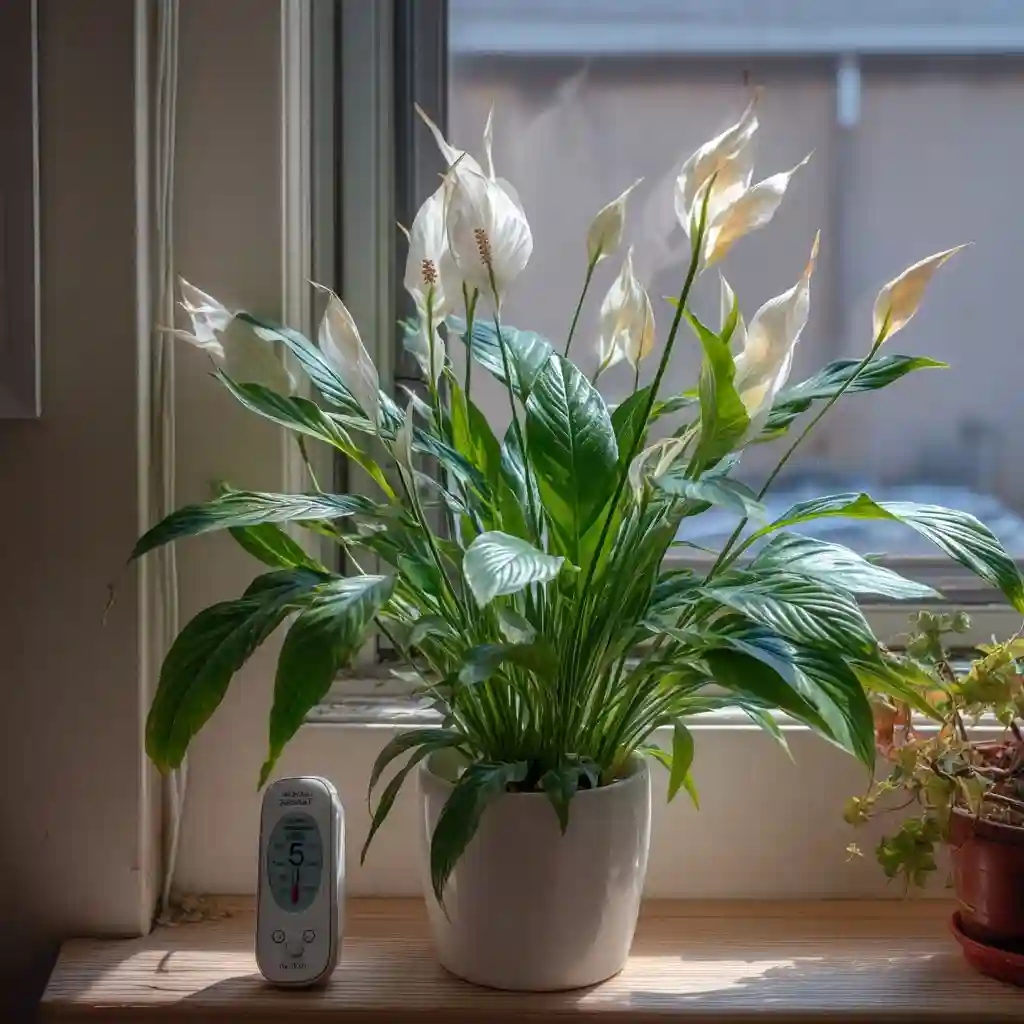
A peaceful environment for your peace lily doesn’t just mean a quiet windowsill—it means replicating the warm, humid, stable conditions of its tropical origin. When environmental factors fall outside the plant’s comfort zone, flowering often comes to a halt.
Peace lilies thrive in temperatures between 65°F and 85°F (18°C to 30°C). If your home dips below this range—especially at night or near drafty windows—the plant may stop blooming and focus on basic survival. Sudden temperature changes or dry indoor air from heating or cooling systems can also interfere with growth.
Humidity plays a big role, too. Peace lilies love high humidity levels, ideally between 50% and 60%. If your indoor air is dry, especially in winter, try misting the leaves regularly, grouping plants together, or using a humidifier to maintain the right moisture level.
Another common mistake is using hard tap water, which can leave mineral deposits on the leaves and alter soil pH. Stick with filtered, distilled, or rainwater when possible.
Creating a stable, warm, and moist environment isn’t just good for the leaves—it’s the secret to encouraging regular blooms.
6. Not Removing Spent Blooms
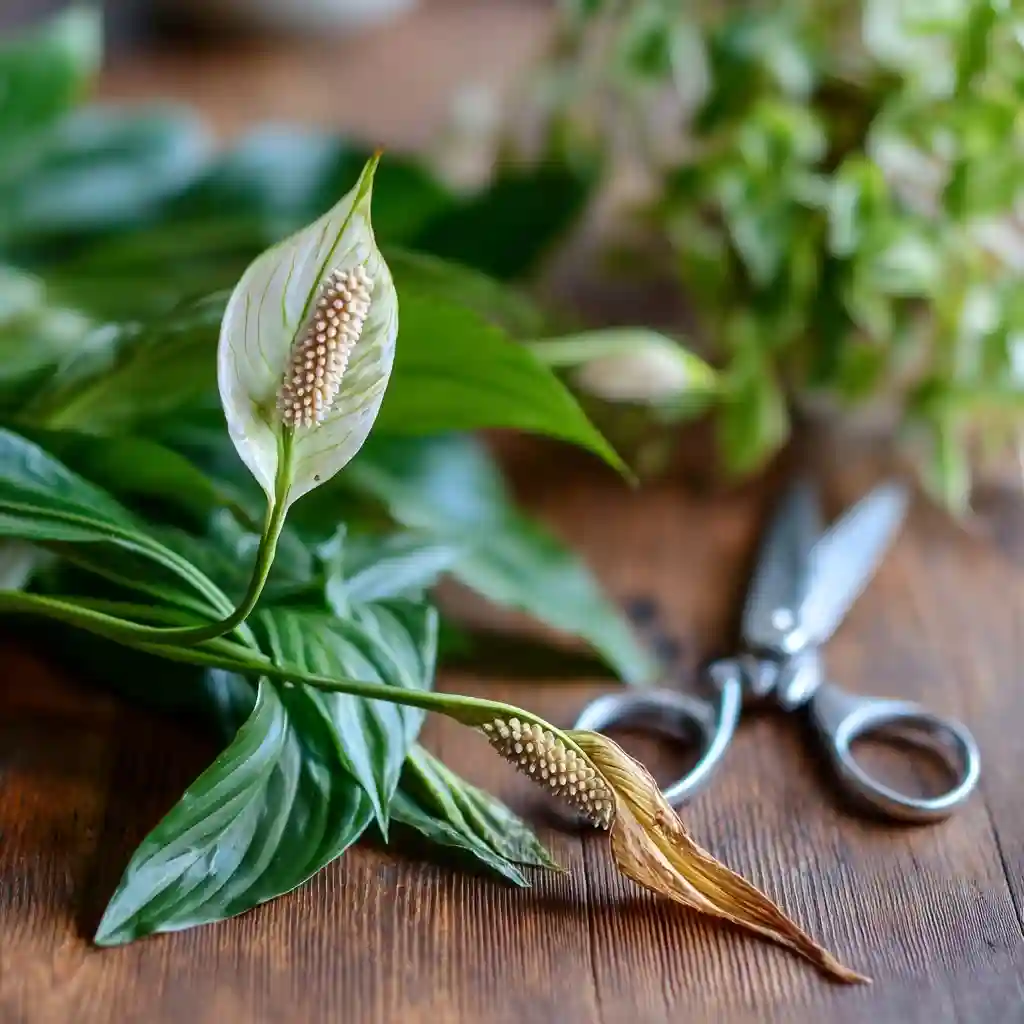
If you’re waiting for your peace lily to bloom again but leaving old flowers and fading leaves in place, you might be unknowingly holding it back. Dead or dying blooms, also called spent spathes, continue to draw energy from the plant—energy that could otherwise go toward producing new flowers.
Peace lilies benefit from regular pruning, especially after blooming. When the white spathe starts turning brown or green and begins to wilt, it’s time to remove it. This allows the plant to redirect its energy into creating fresh growth instead of sustaining old tissue.
To prune correctly, use clean, sharp scissors or garden snips. Cut the flower stalk at the base, as close as possible to the main stem. If any leaves look yellowed, limp, or damaged, go ahead and remove those too. Just be careful not to cut healthy leaves unnecessarily.
Pruning also improves airflow and reduces the risk of pests or fungal issues. Plus, it keeps your peace lily looking neat and well cared for—boosting both appearance and performance.
7. Wrong Pot Size
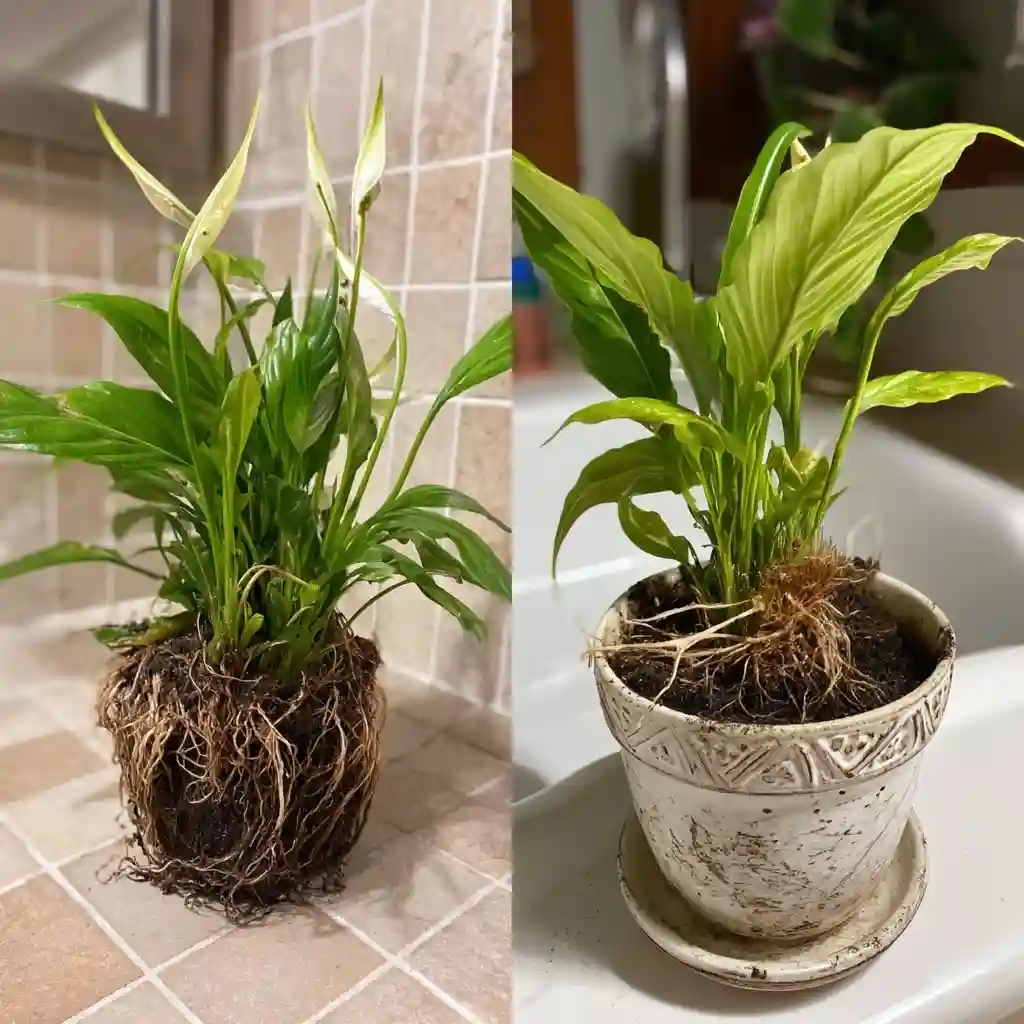
The size of the pot you choose for your peace lily can significantly impact its ability to bloom. Too small, and the roots become cramped; too large, and excess soil holds water, leading to root stress. Both situations can delay or prevent flowering altogether.
A pot that’s too tight restricts root expansion and nutrient uptake, which limits the plant’s growth and flowering potential. On the flip side, when the pot is overly large, the soil may stay damp for too long. This can promote root rot and fungal problems, especially if drainage isn’t ideal.
So, what’s the right size? Start small. A 4- to 5-inch pot is ideal for young peace lilies, and as the plant grows, increase the pot size gradually by about 2 inches during each repotting. Avoid jumping to a much bigger container too soon—it won’t speed up blooming and may even do the opposite.
Repot only when you see signs like roots poking through the drainage holes or circling the soil surface. A well-fitted pot gives your peace lily just enough room to grow roots while focusing energy on flowers.
8. Acclimatization Shock
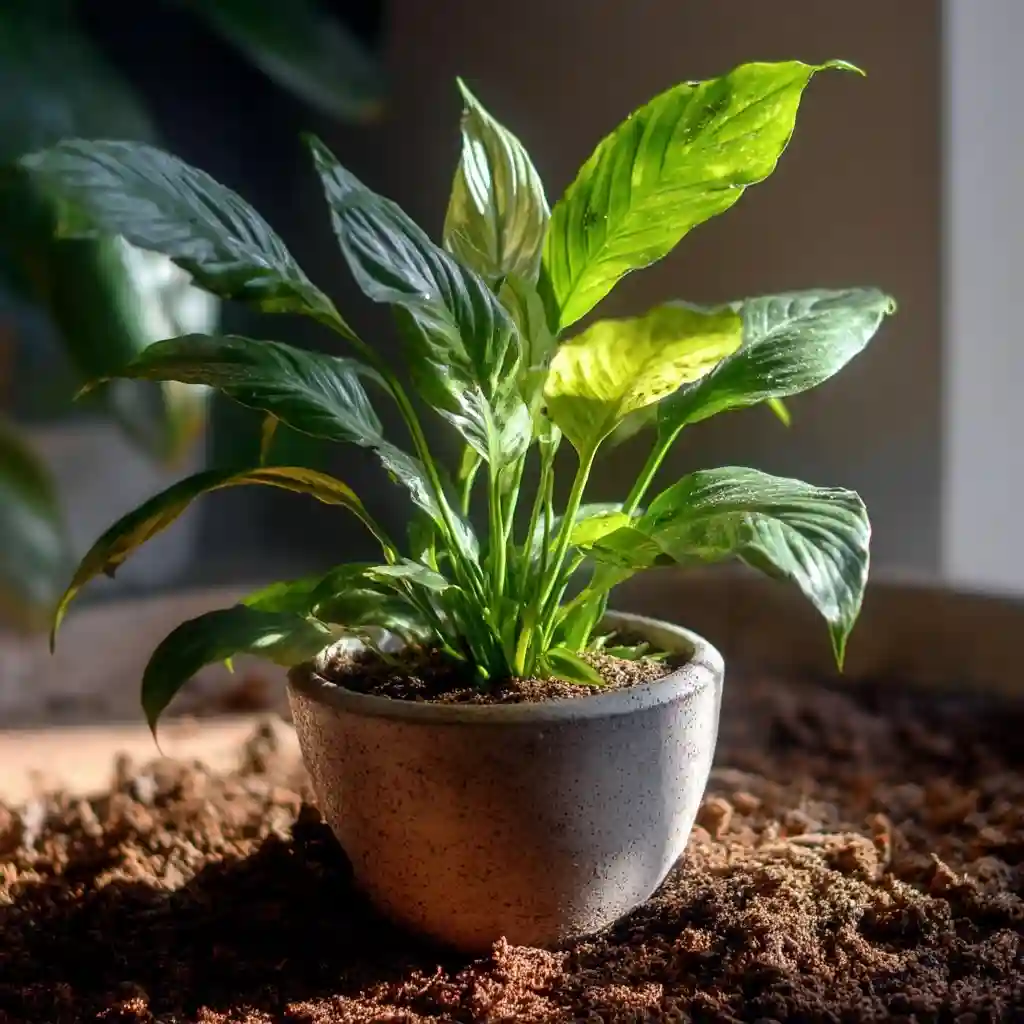
Has your peace lily recently been repotted or moved to a new location? If so, and it suddenly stops blooming—or growing altogether—it may be dealing with acclimatization shock. This is a common but often overlooked reason why peace lilies fail to flower.
Any major change in the plant’s environment, such as a shift in lighting, temperature, humidity, or even the pot itself, can trigger a stress response. The plant essentially hits pause while it adjusts to its new conditions. During this period, blooming takes a back seat as the peace lily prioritizes root recovery and stabilizing its growth.
You may notice droopy leaves, slower growth, or an overall tired appearance. Don’t panic. This shock phase is temporary if handled correctly.
To help your peace lily recover:
- Avoid fertilizing immediately after repotting
- Keep it in a consistent, warm, well-lit area
- Maintain a steady watering routine
- Be patient—normal growth and blooming should resume within a few weeks
Minimizing environmental changes and allowing the plant to settle in peacefully will help restore its blooming rhythm over time.
9. Pest Attack
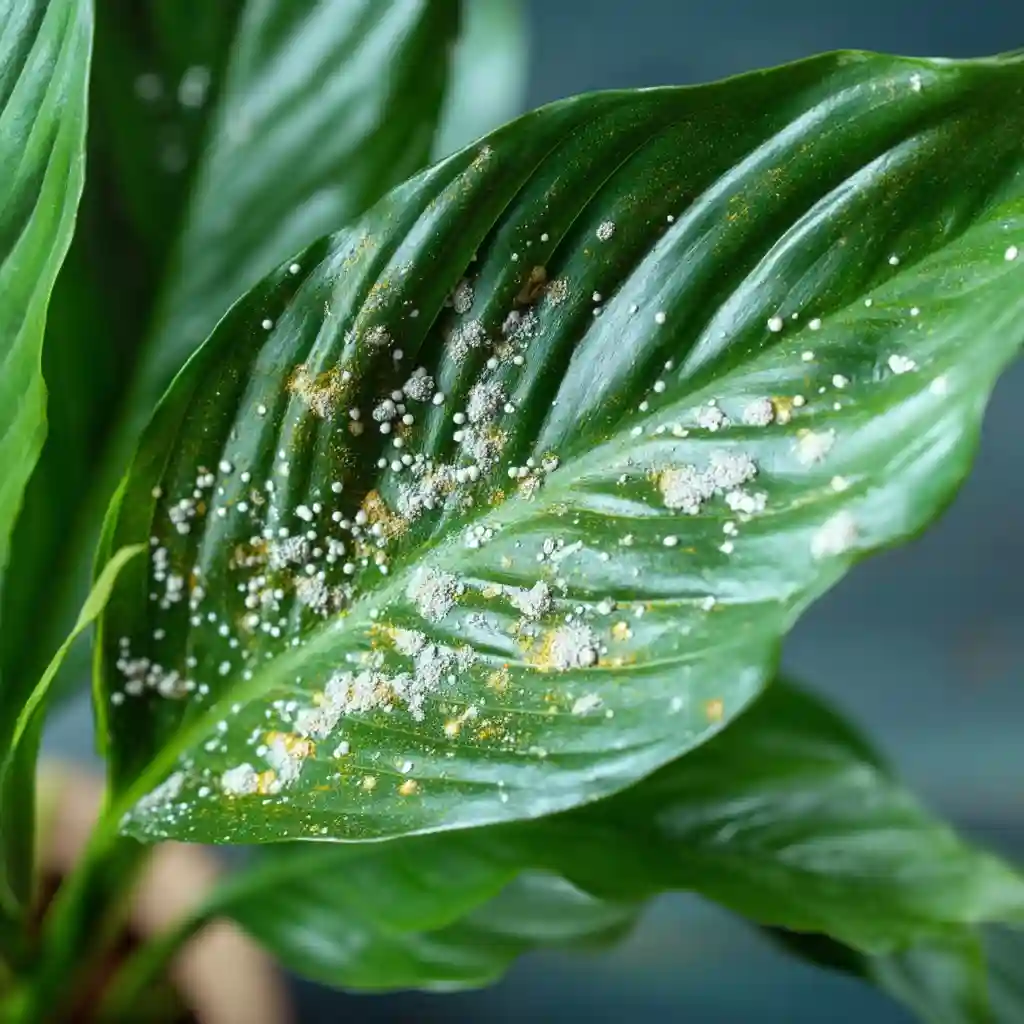
A hidden pest problem can quietly rob your peace lily of its ability to bloom. Even if the plant looks mostly healthy, tiny intruders like mealybugs, spider mites, or aphids can stress it enough to stop flower production entirely.
These pests often hide on the undersides of leaves or deep in the foliage, sucking out vital nutrients and weakening the plant over time. You might notice sticky residue, cotton-like clusters, tiny webs, or general leaf discoloration. If left unchecked, a pest infestation can not only halt blooming but eventually damage the plant’s overall health.
Early detection is key. Make it a habit to inspect your peace lily weekly, especially if it’s been moved recently or exposed to other plants. Improving air circulation, pruning dead material, and wiping leaves with a damp cloth can all help prevent infestations.
If pests are already present, treat the plant with neem oil, insecticidal soap, or a diluted alcohol spray. In more severe cases, you may need to isolate the plant and trim off affected leaves to stop the spread.
A pest-free peace lily is a happy—and flowering—one.
10. Just Wait
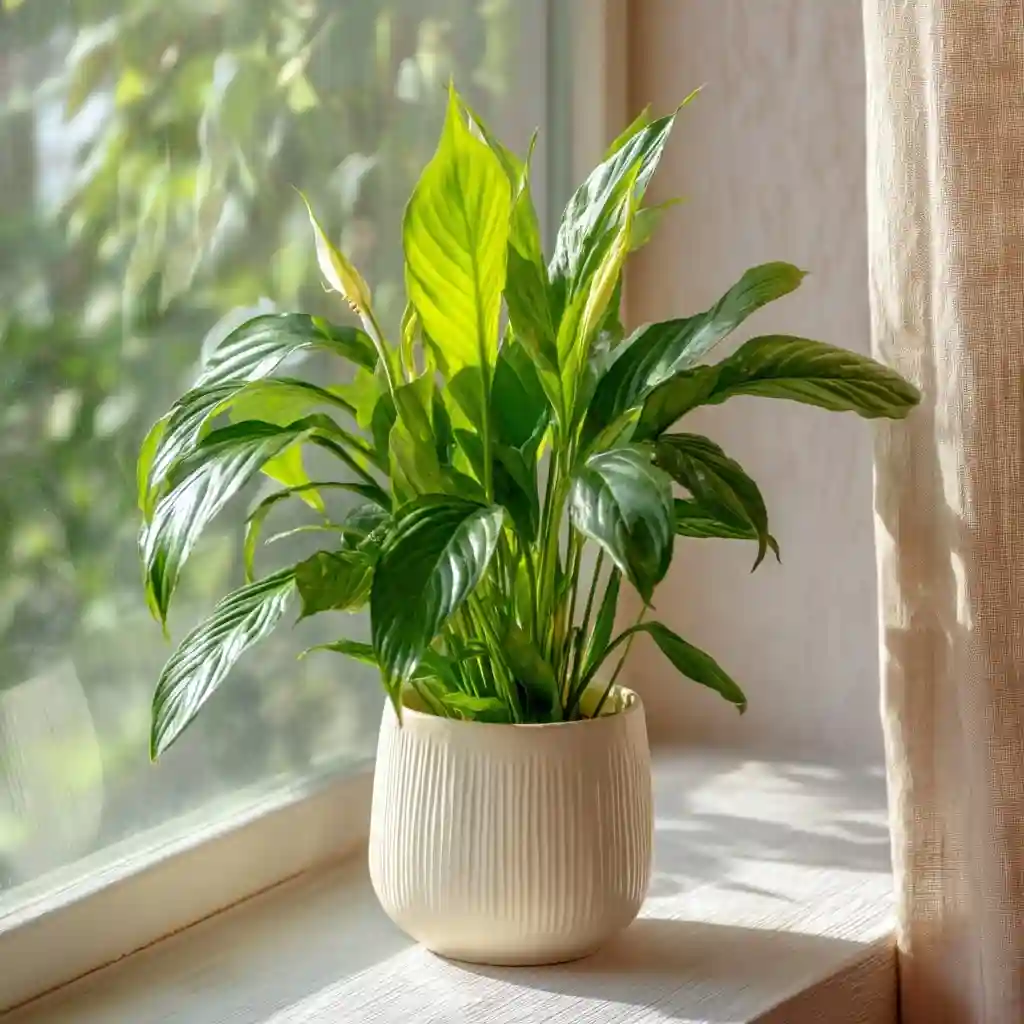
Sometimes, your peace lily just needs a little time. Unlike many flowering plants, peace lilies don’t have a strict bloom schedule. They may go weeks—or even months—without producing a single flower, especially after repotting, a seasonal change, or environmental stress.
It’s easy to assume something is wrong when blooms are absent, but peace lilies often take their time to recover, adjust, or prepare for their next flowering cycle. This is especially true during fall and winter months, when light levels drop and the plant naturally slows down.
The key is patience. If you’re already giving your peace lily the right light, water, nutrients, and humidity, forcing blooms by over-fertilizing or moving the plant around won’t help. In fact, it may cause more harm than good.
Instead, stick with a consistent care routine and trust the process. With time, the plant will respond to stable conditions—and those elegant white spathes will return when it’s ready.
Conclusion
Your peace lily isn’t being difficult on purpose—it’s simply reacting to its environment. When it stops blooming, it’s usually sending you a quiet signal that something isn’t quite right. Whether it’s not getting enough light, sitting in soggy soil, or recovering from a recent move, there’s almost always a fix.
By understanding and addressing these common mistakes, you’re not only improving your peace lily’s chances of blooming again—you’re also giving it the long-term care it needs to thrive. Keep an eye on your watering habits, check the pot size, prune when needed, and most importantly, be patient.
With consistent care, your peace lily will reward you with those signature white flowers once again—maybe even better than before.
FAQ
Why is my peace lily growing but not flowering?
If your peace lily is producing healthy leaves but no blooms, it’s likely missing one or more key conditions—typically sufficient light, the right fertilizer balance, or stable environmental factors. Excess nitrogen can also cause leaf growth at the expense of flowers.
How often do peace lilies bloom?
Peace lilies usually bloom twice a year, typically in spring and sometimes again in early fall, depending on conditions. However, indoor plants may follow a less predictable cycle. With ideal care, some may bloom more frequently throughout the year.
What fertilizer helps peace lilies bloom?
Use a balanced fertilizer with a higher phosphorus content, like a 5-10-10 ratio. This encourages flower formation. Apply every 4–6 weeks during the growing season and always dilute to half strength to avoid root burn.
Should I cut dead flowers off my peace lily?
Yes. Removing spent blooms helps the plant redirect energy toward new flower growth. Use clean scissors to trim the stalk close to the base, and remove any yellowing or damaged leaves at the same time.
Can peace lilies bloom in low light?
Peace lilies tolerate low light, but they won’t bloom well without bright, indirect light. Place your plant near an east- or north-facing window where it gets filtered sunlight for a few hours a day.
🌿 Love gardening inspiration? Follow me on Pinterest for bold plant ideas, tips, and seasonal color!
More Posts


